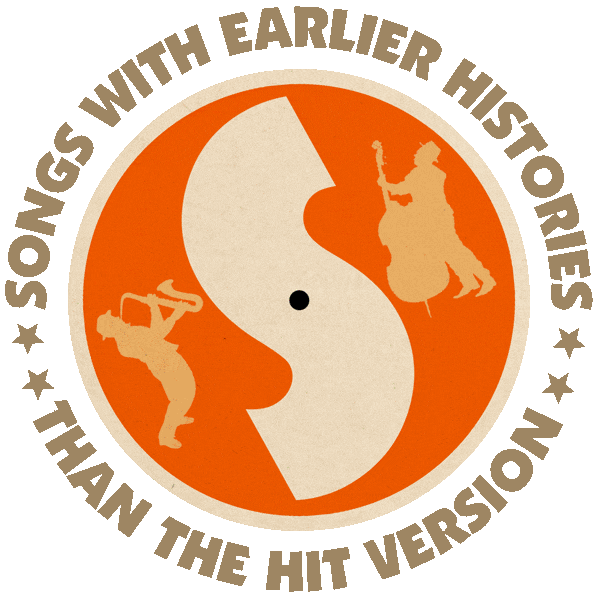Written and first recorded by John Hartford (1967).
Also recorded Tompall & the Glaser Brothers (1967).
Hit version by Glen Campbell (US #62/C&W #30 1967 |US #39/C&W #44/MOR #8 1968).
From the wiki: “‘Gentle On My Mind’ won two 1968 Grammy Awards. Hartford himself won the award for Best Folk Performance. The other award, Best Country & Western Solo Vocal Performance (Male), went to Country music singer Glen Campbell for his hit version of Hartford’s song.
“Hartford reported that he was inspired to write the song after seeing the film Doctor Zhivago when his own memories took over, and that it took about fifteen minutes for him to write down the music and lyrics, and he would record it in-studio on February 2, 1967 and release it on the album Earthwords & Music. Hartford would later re-record ‘Gentle On My Mind’ in 1977 for inclusion on the album All in the Name of Love.

